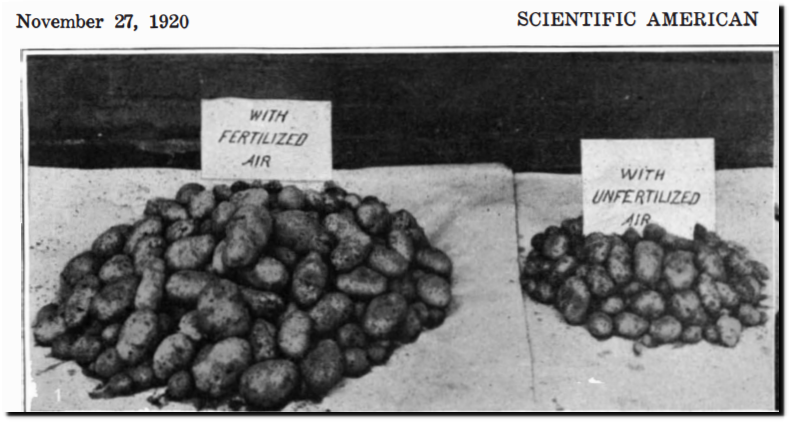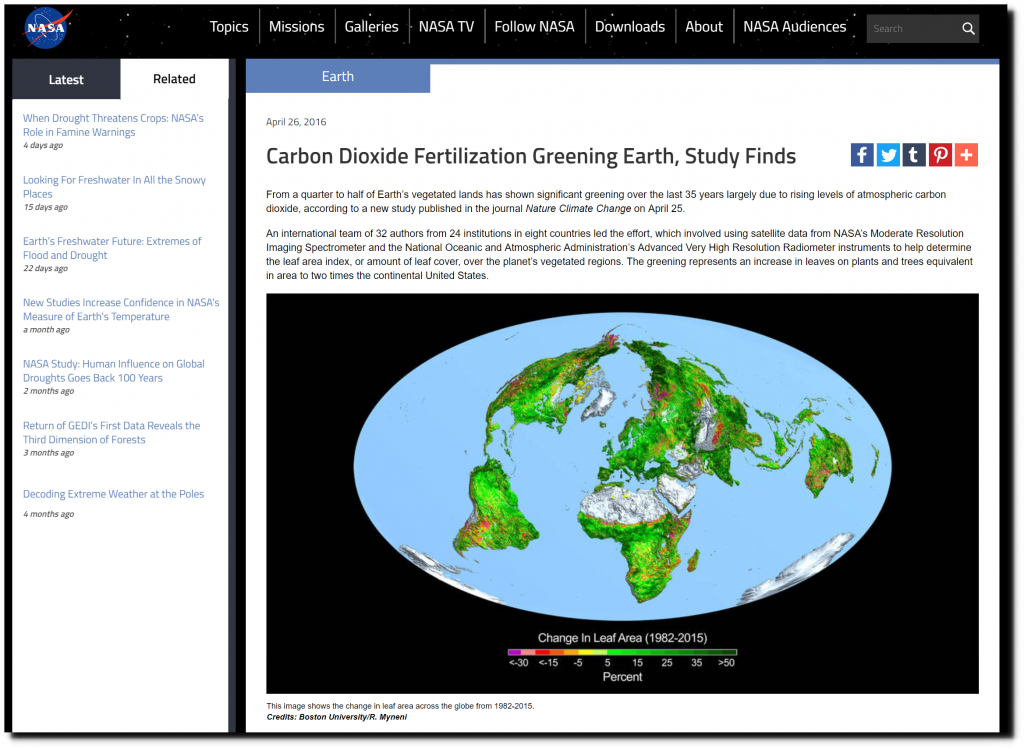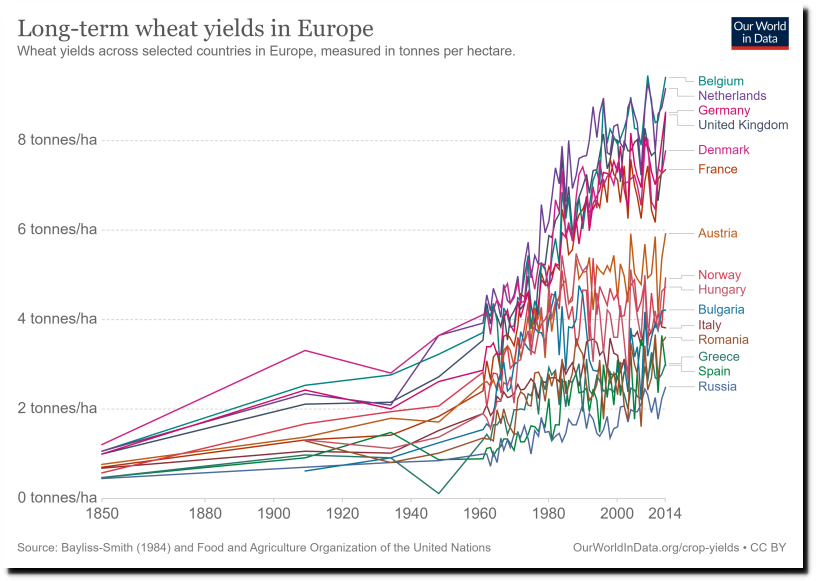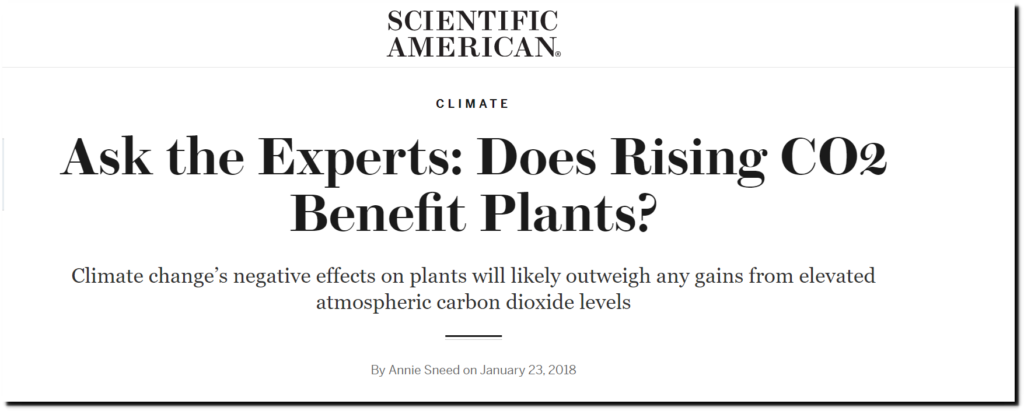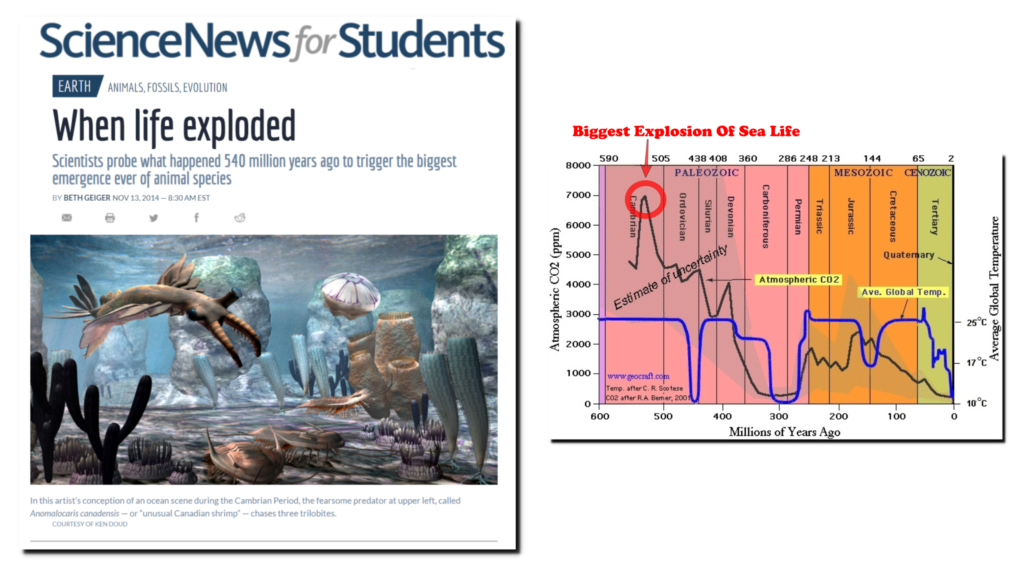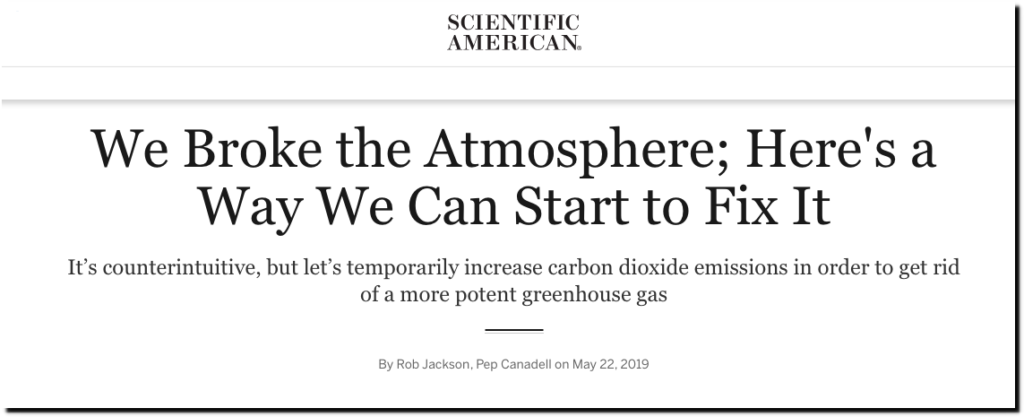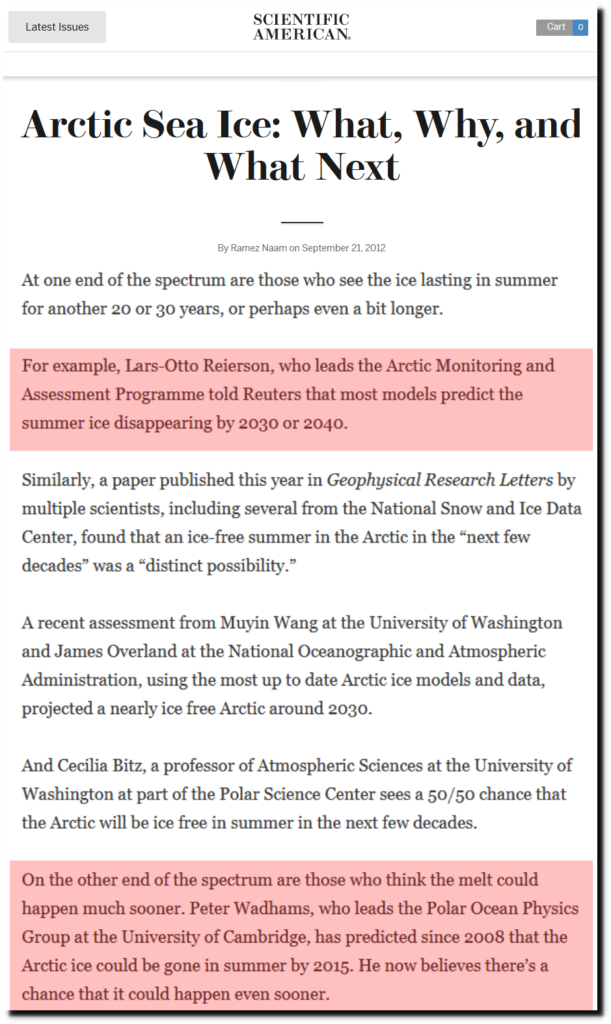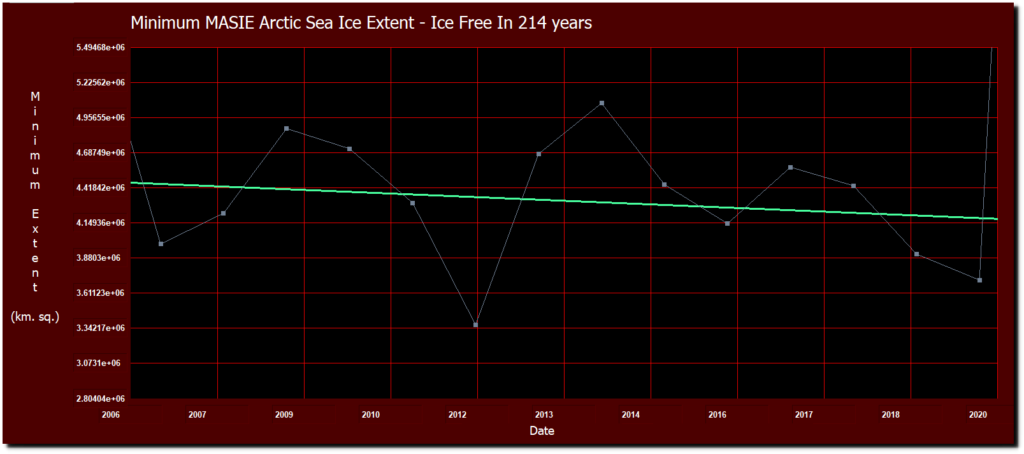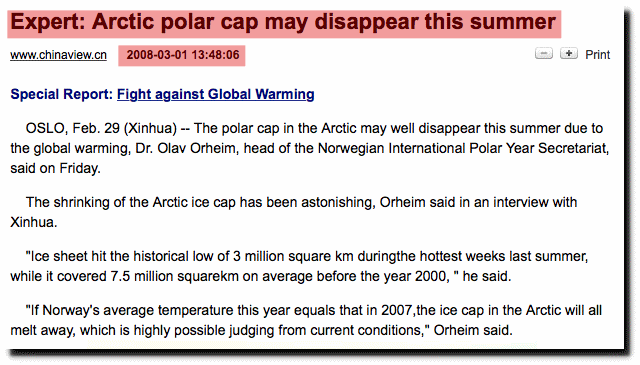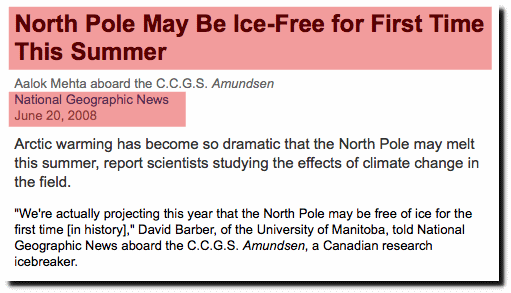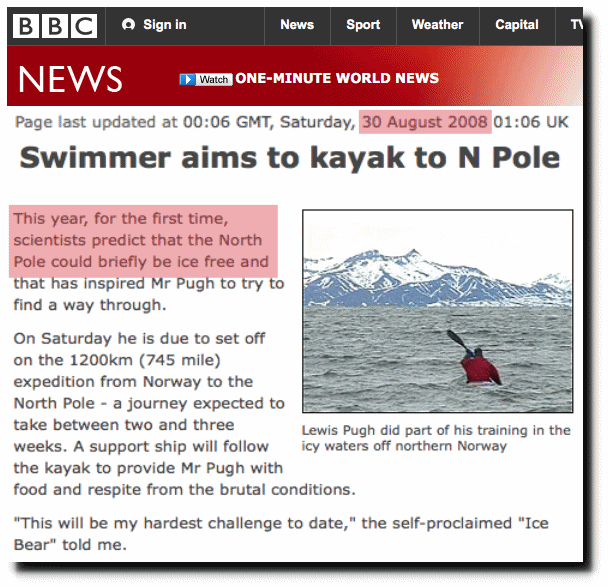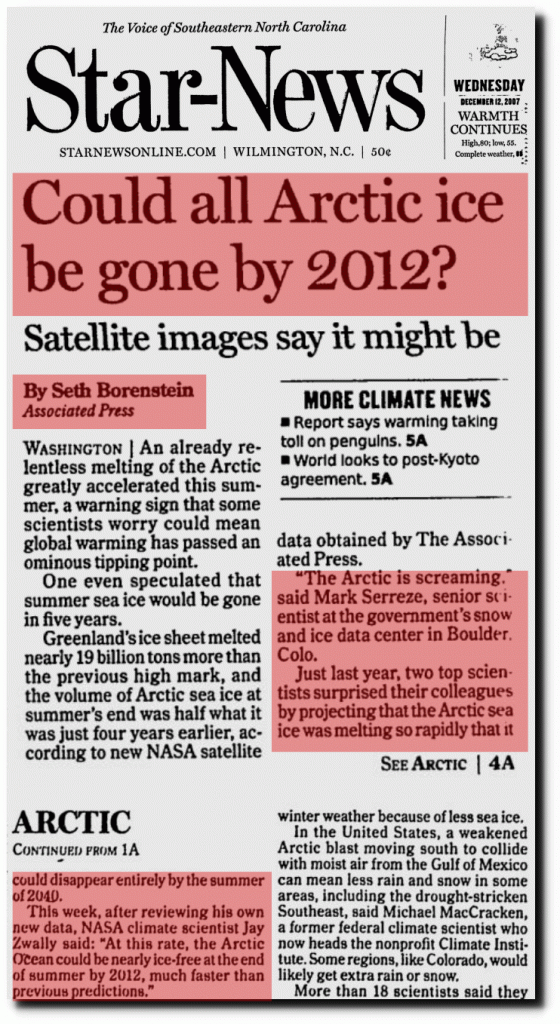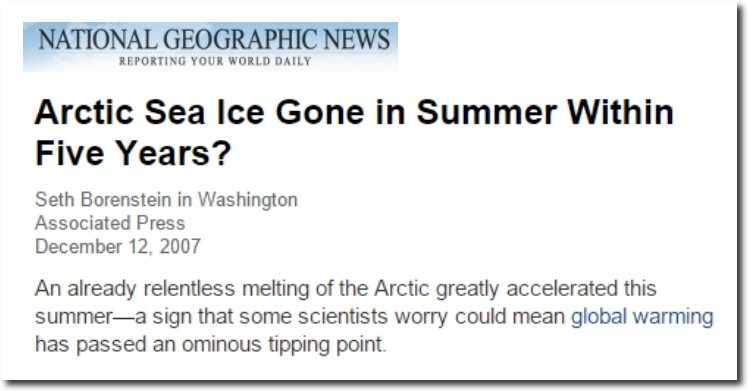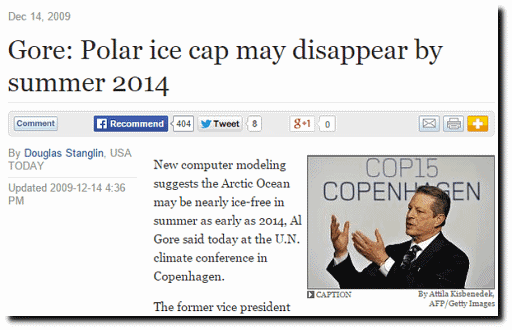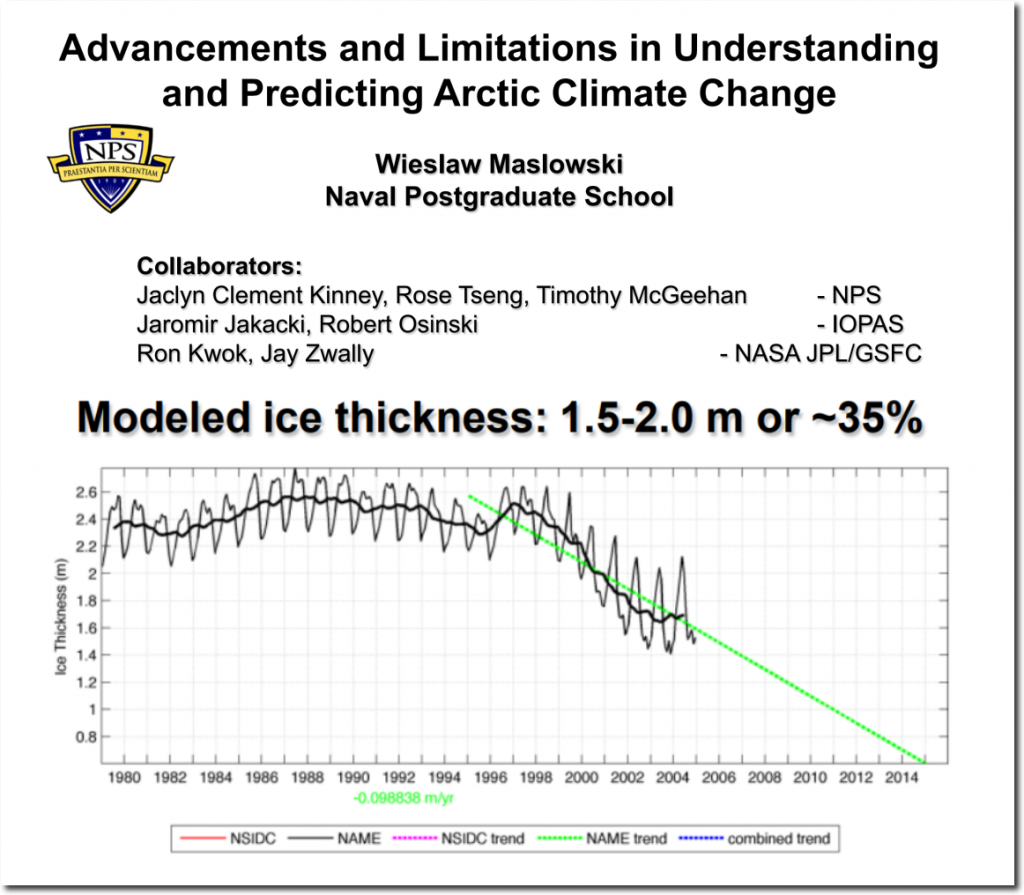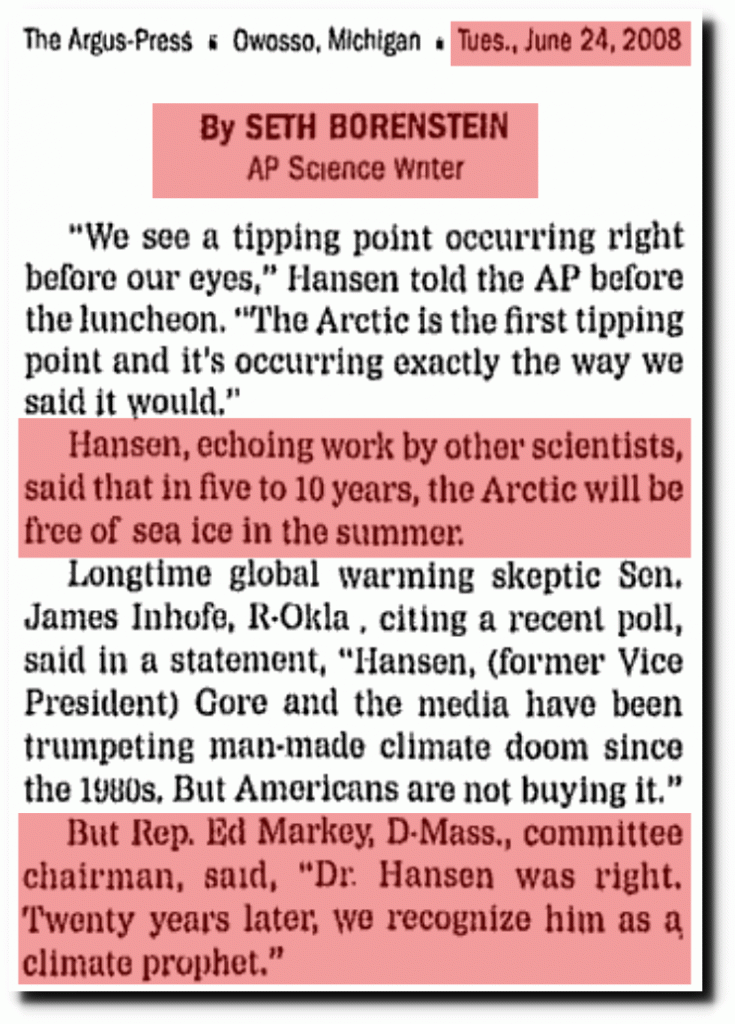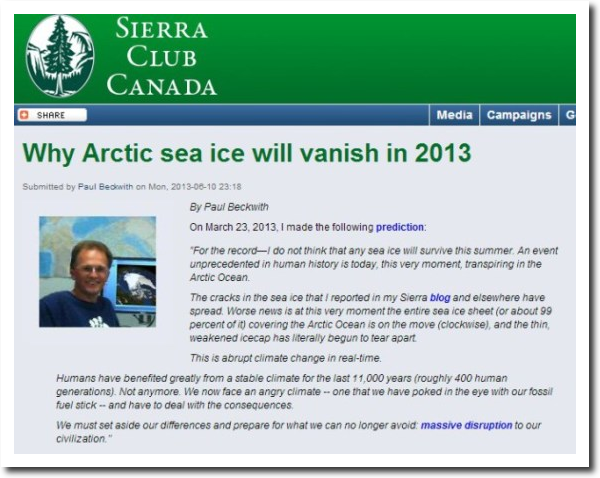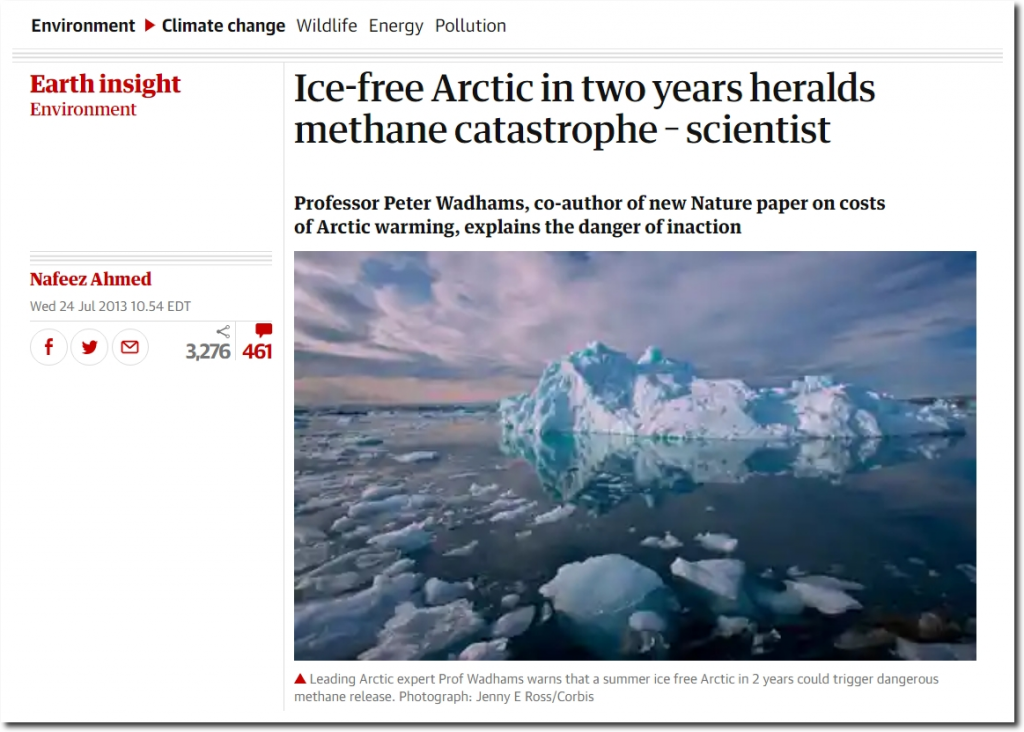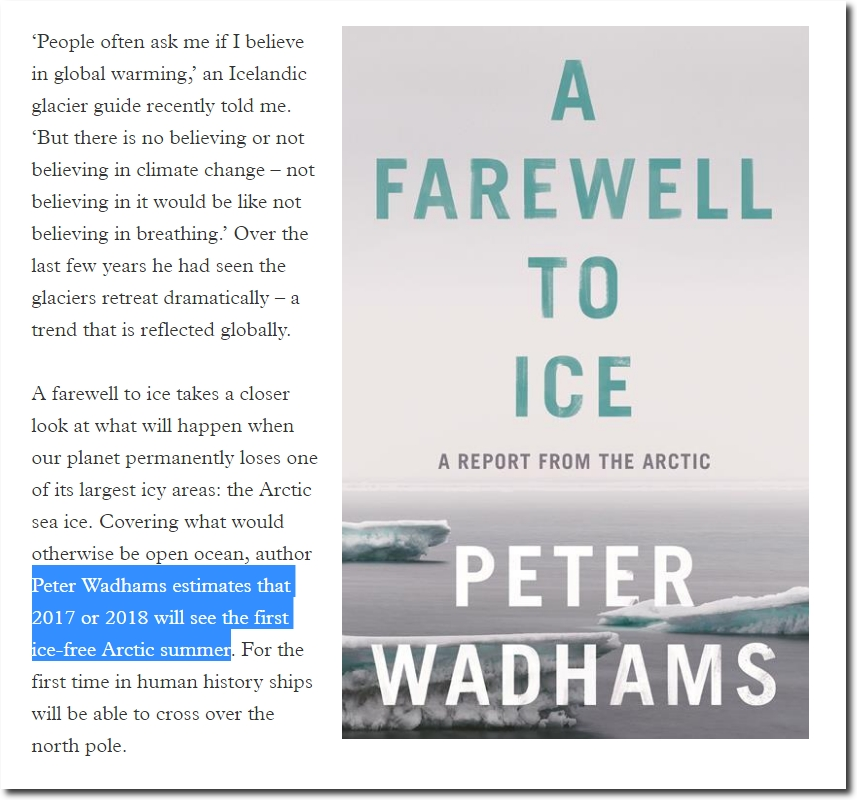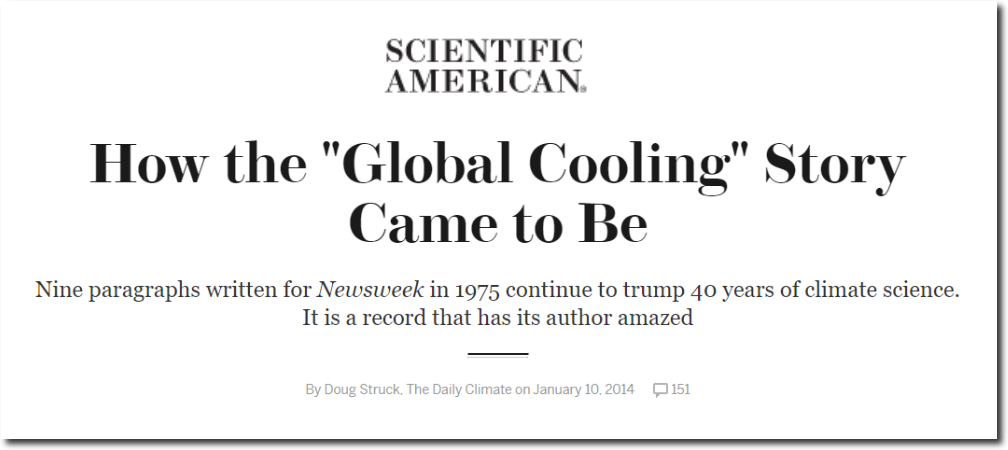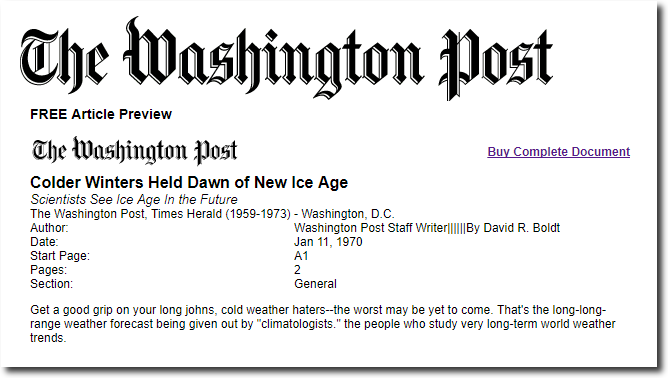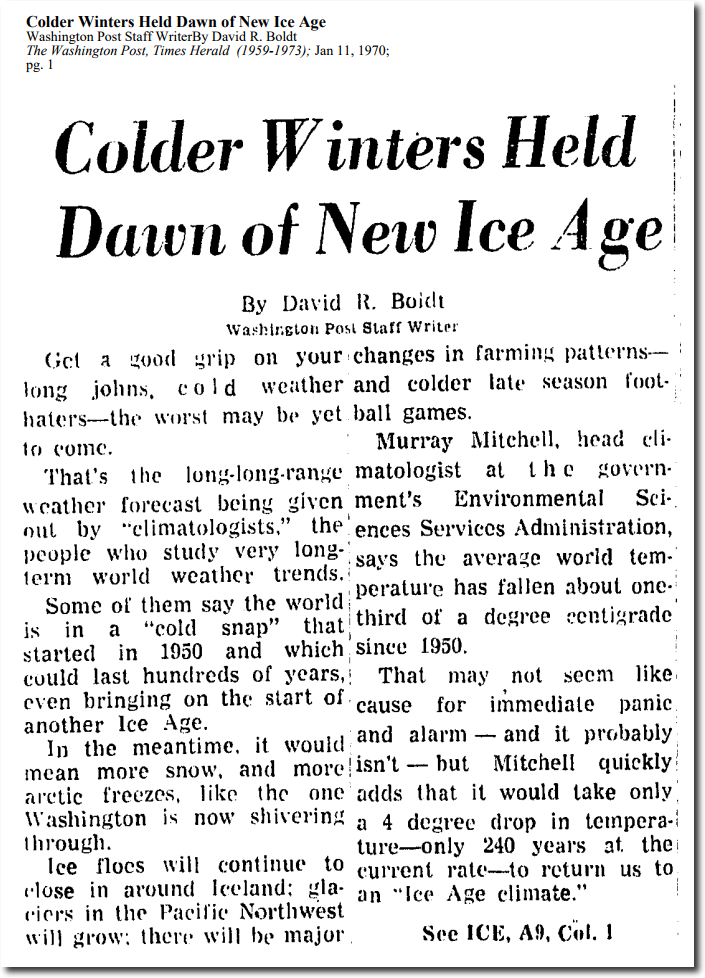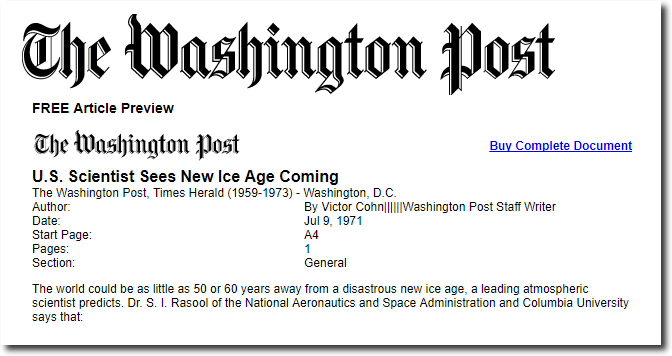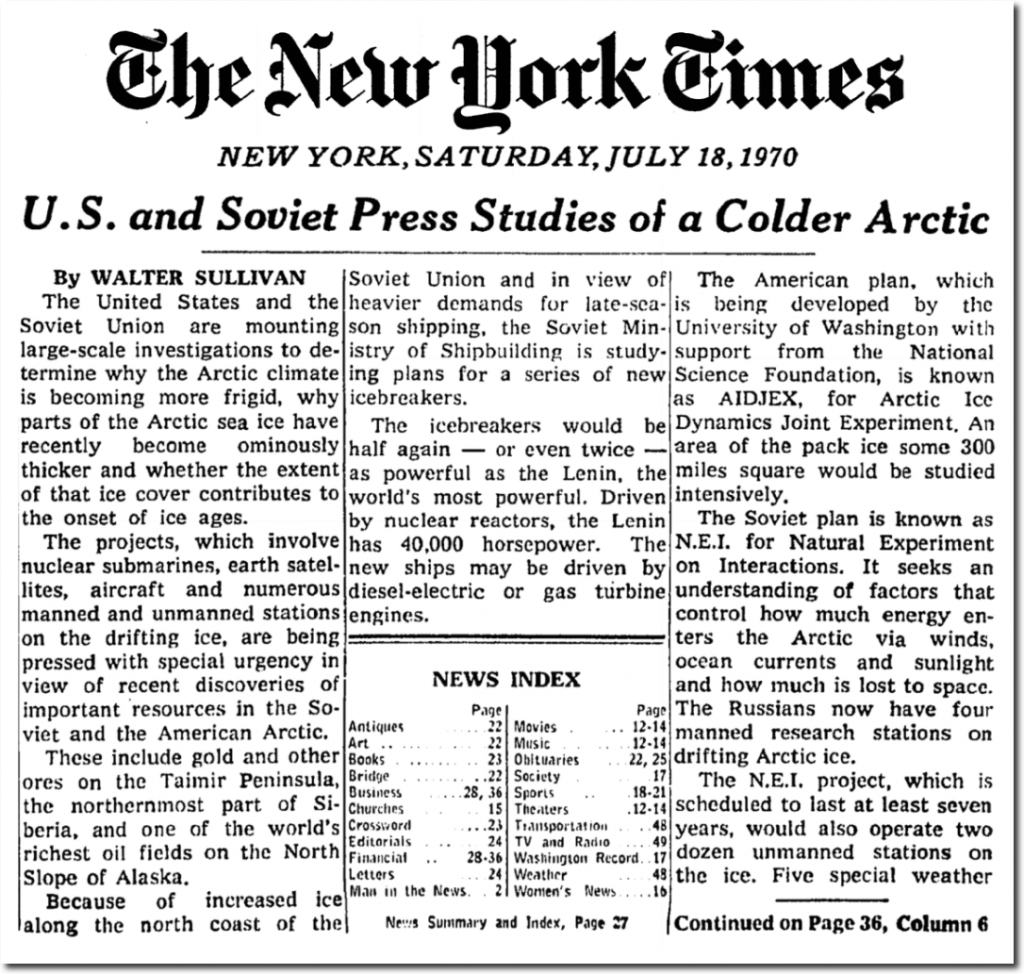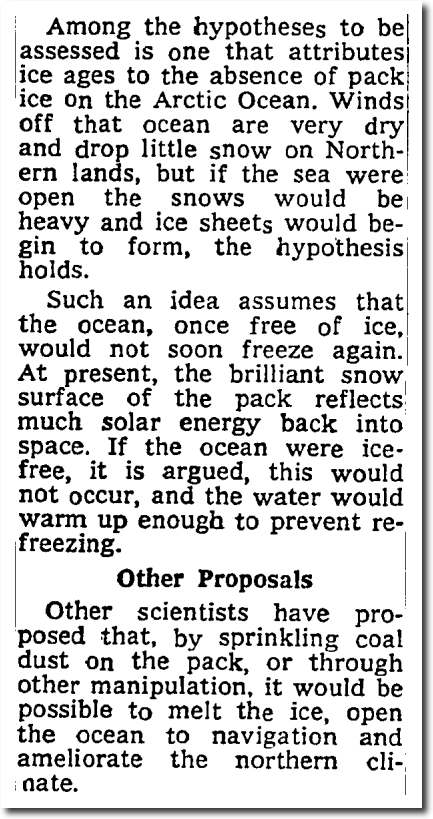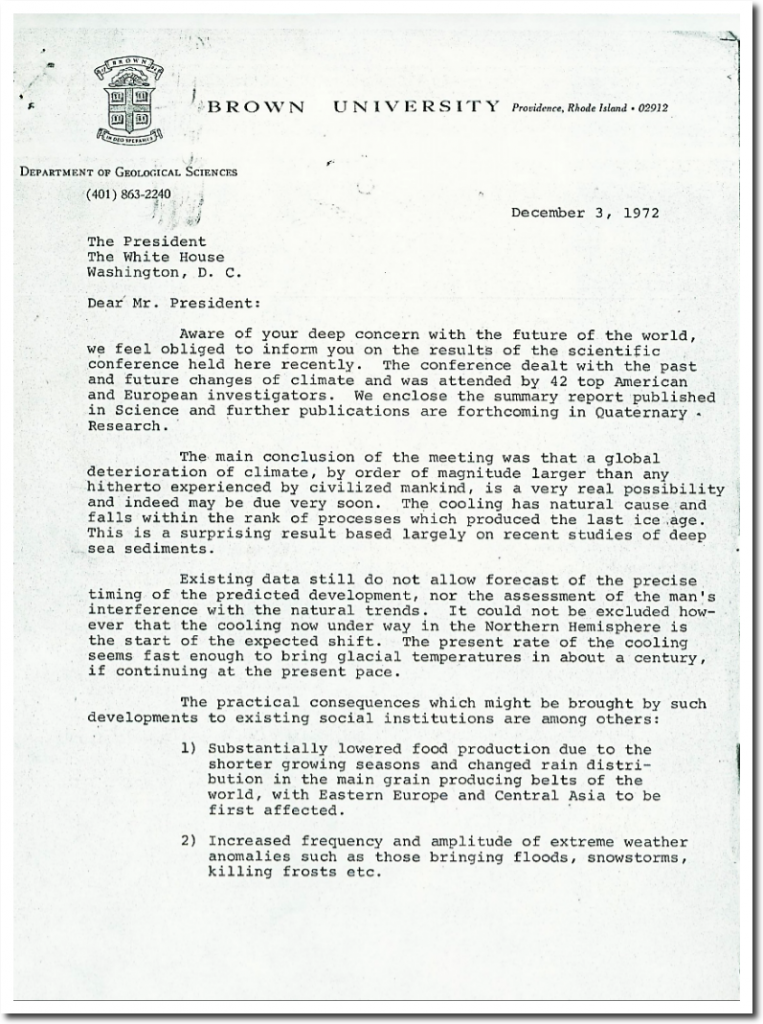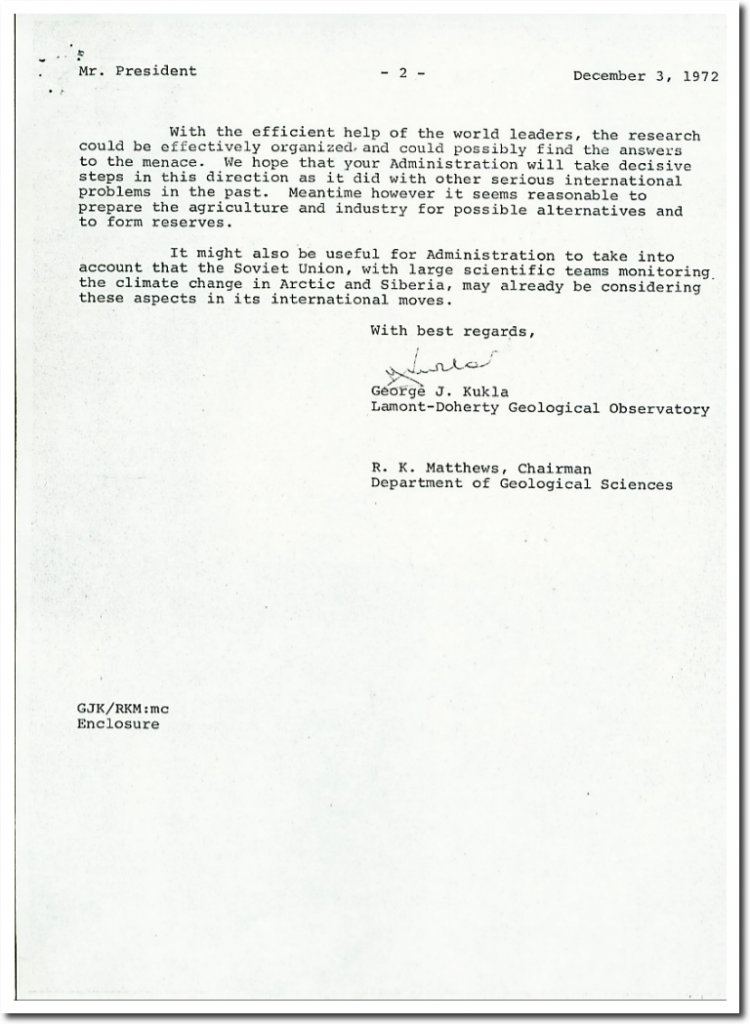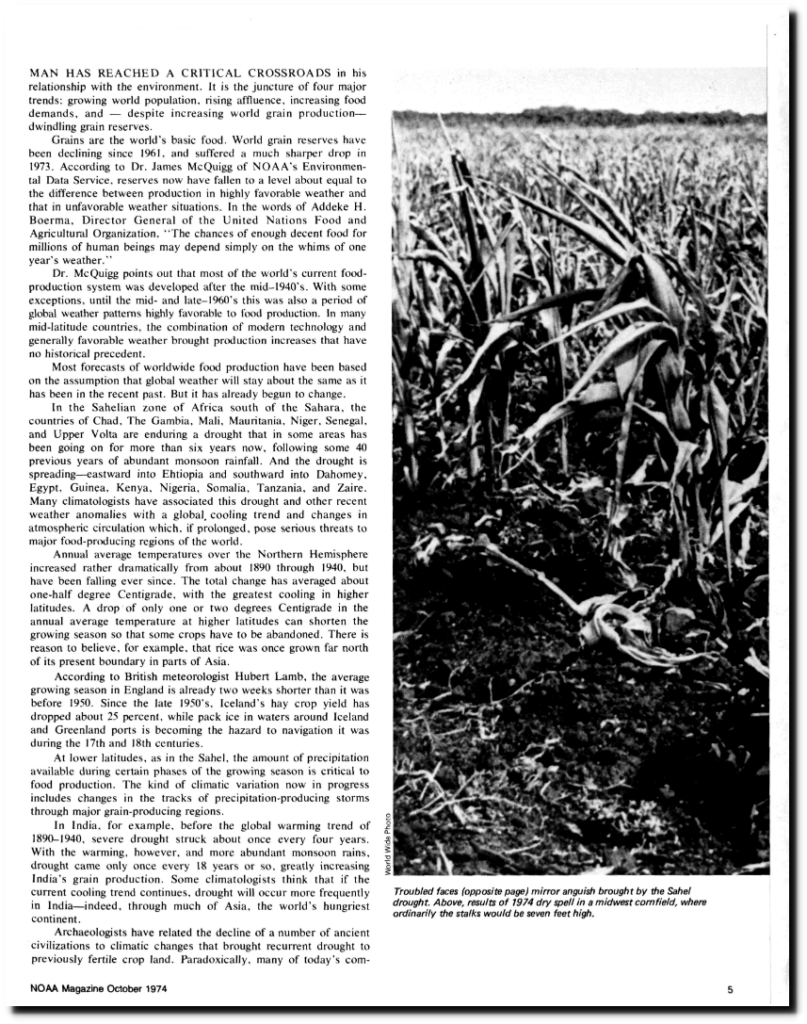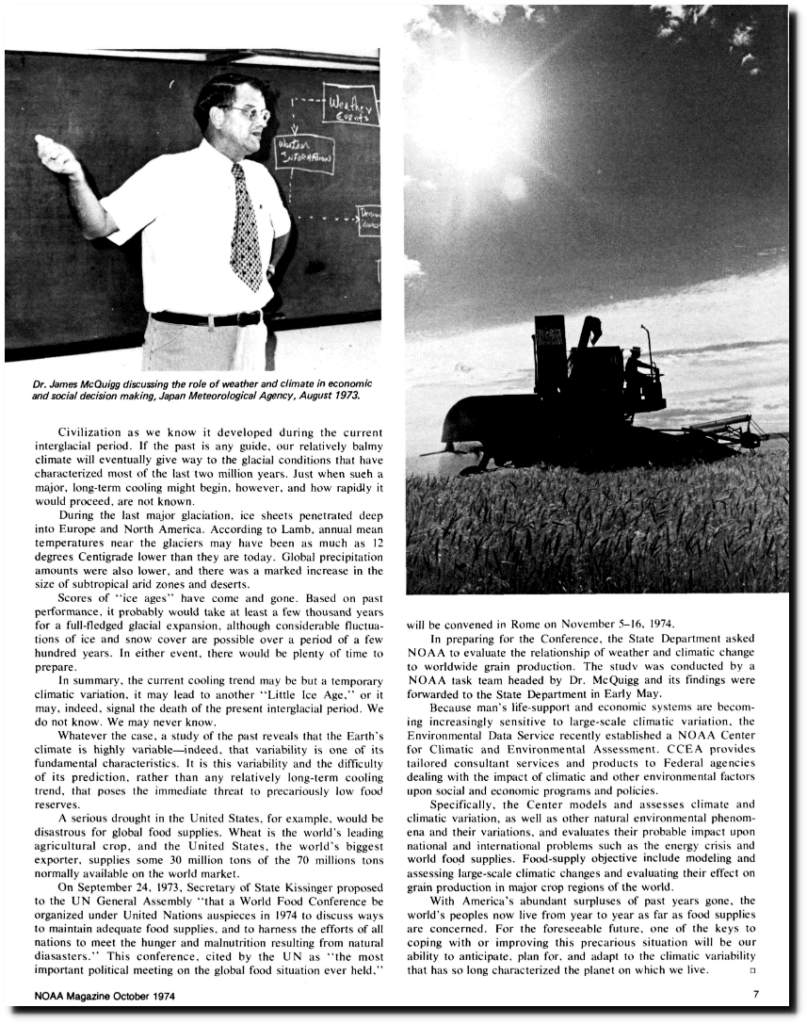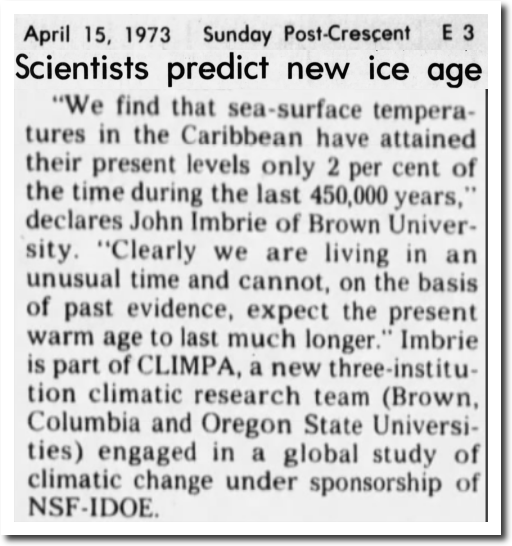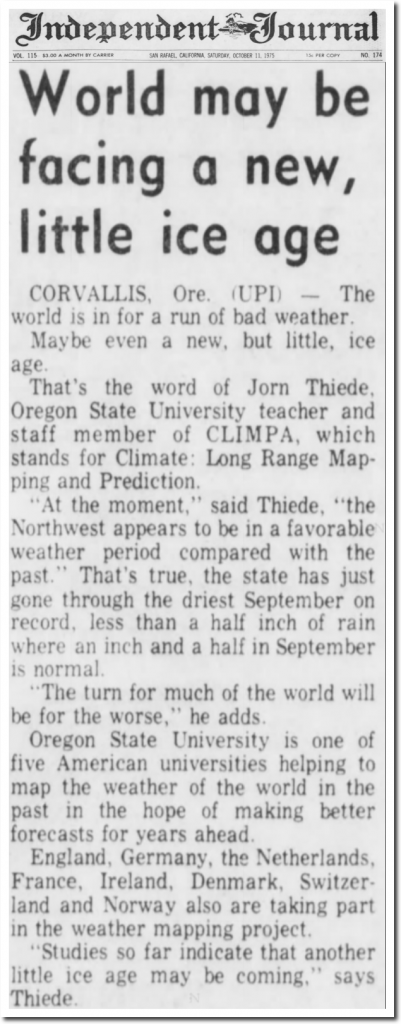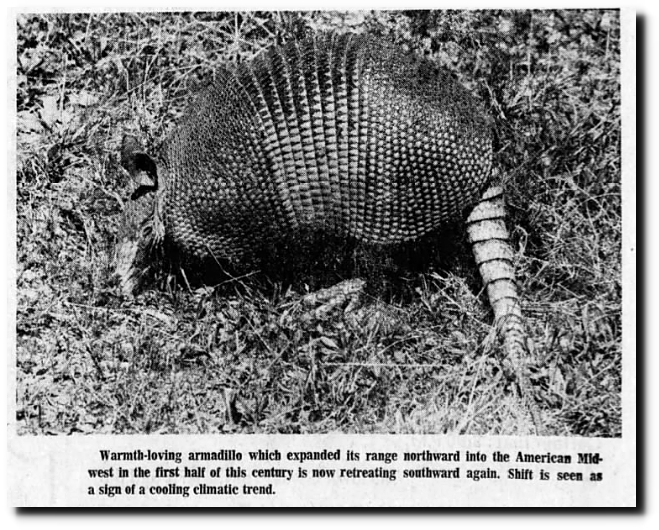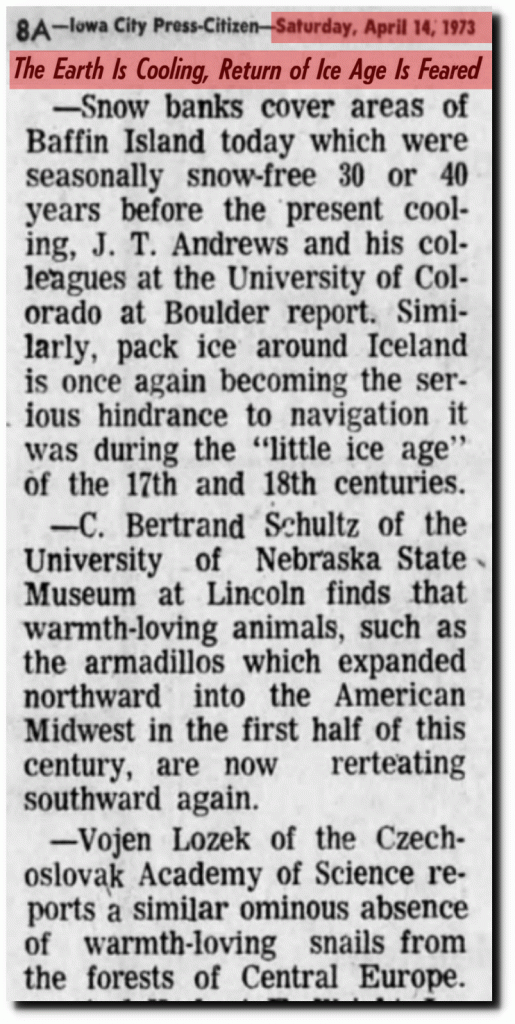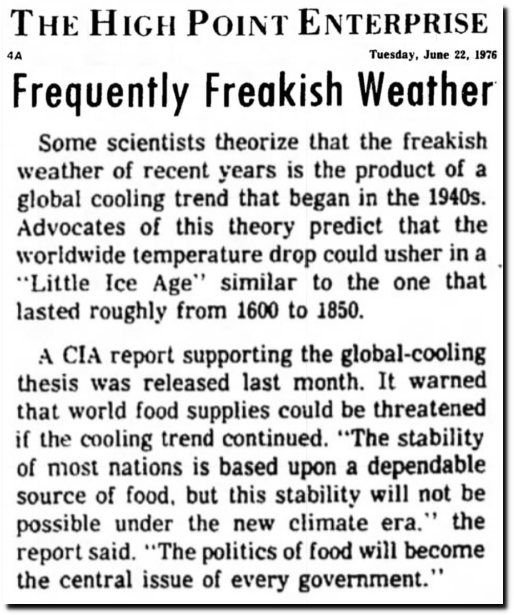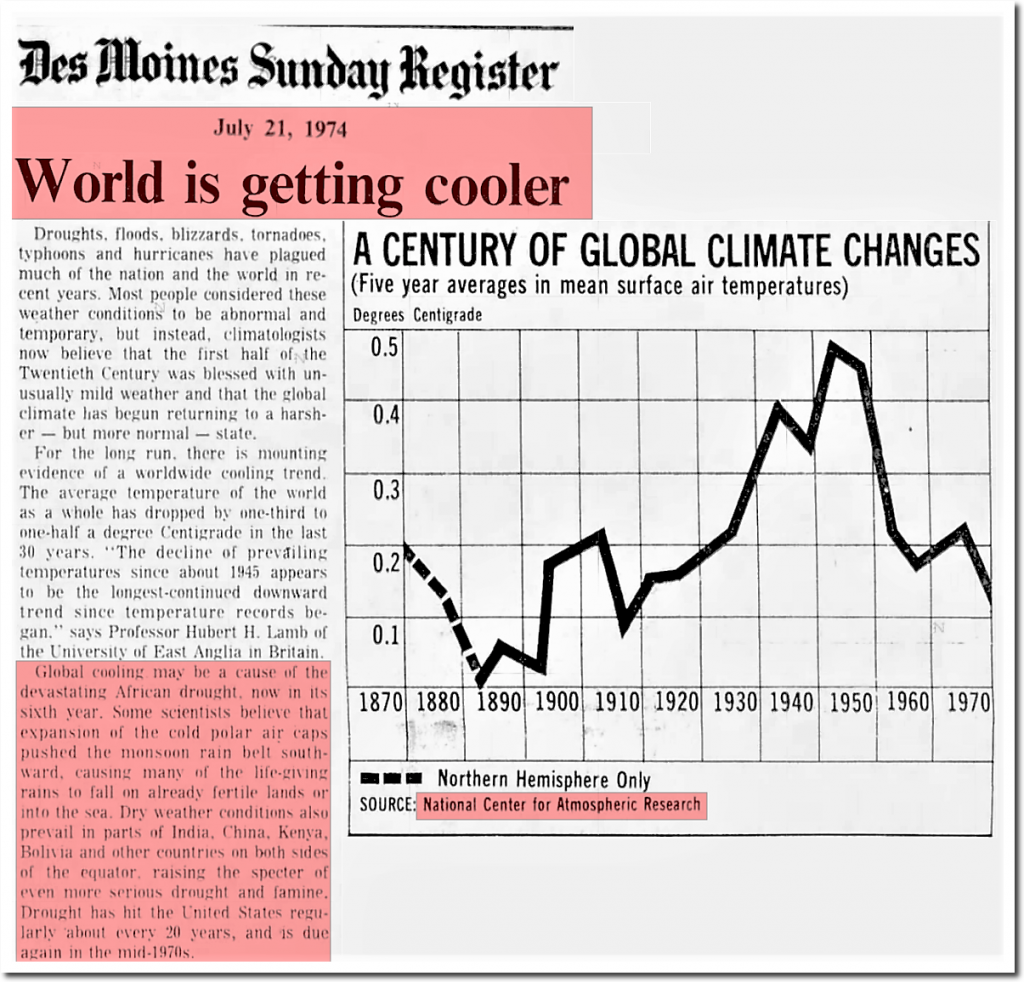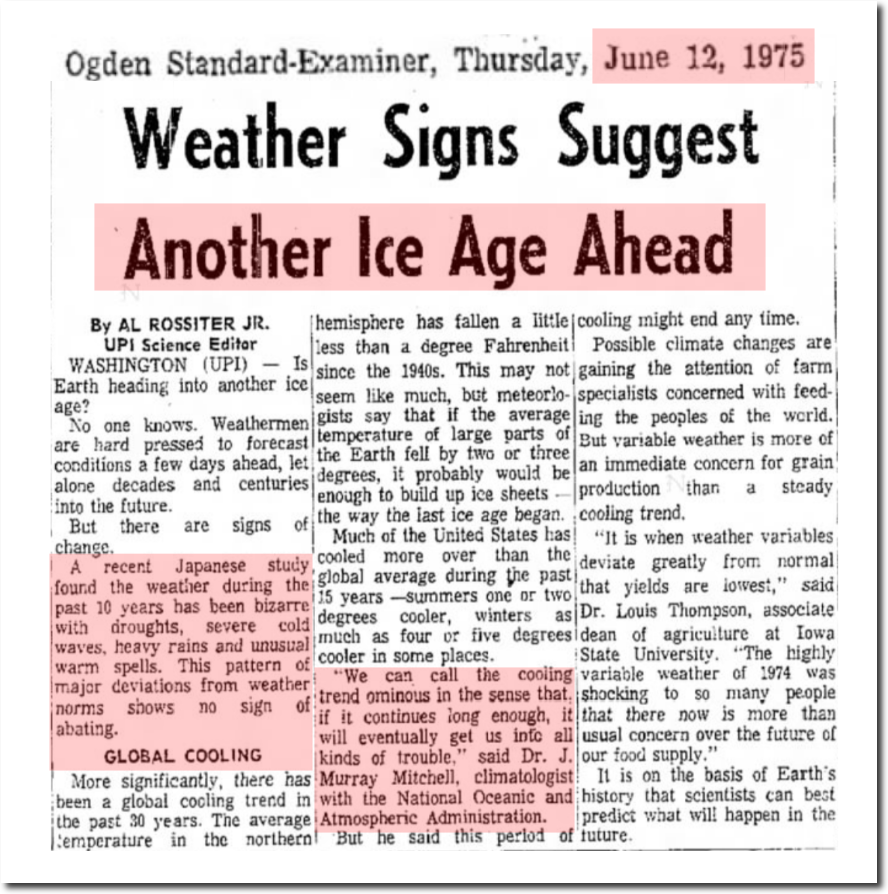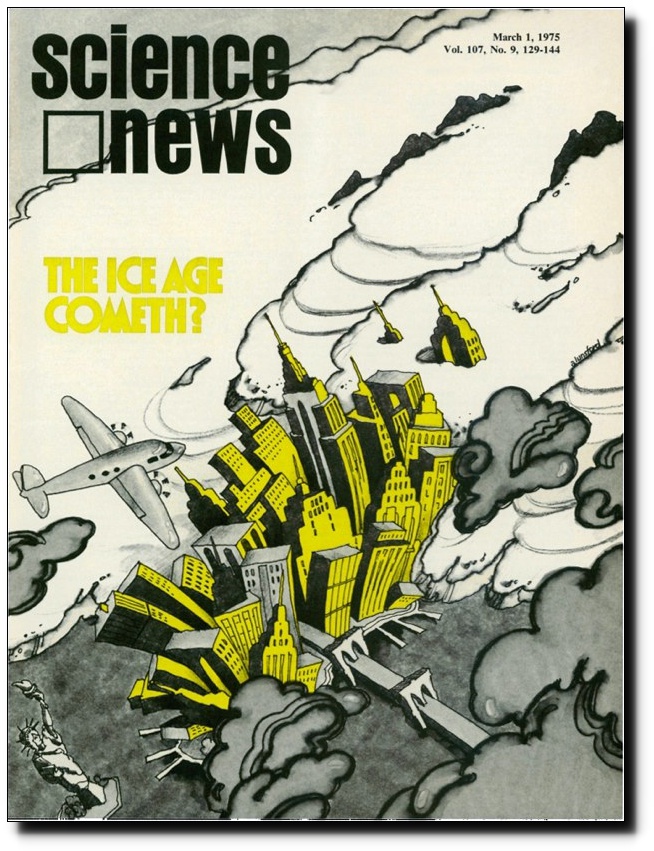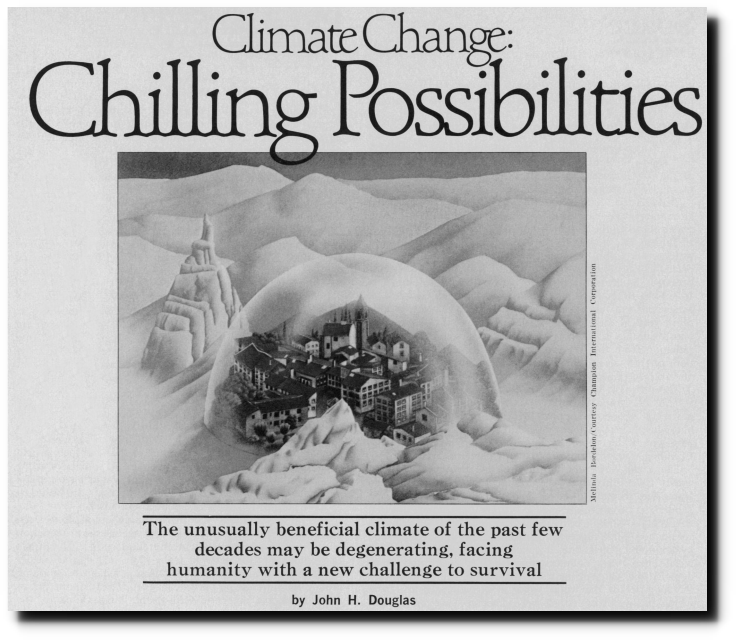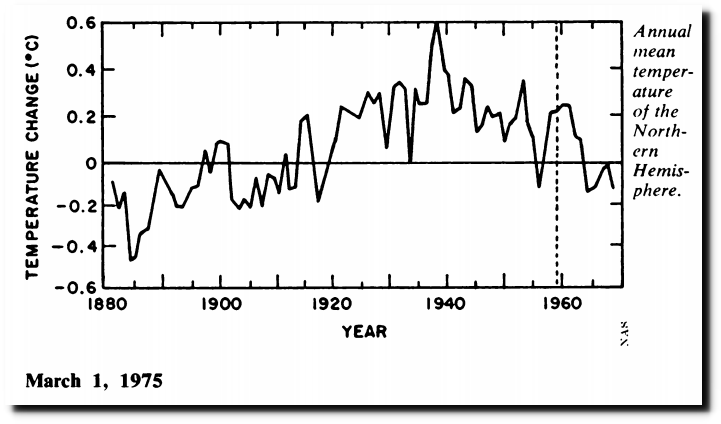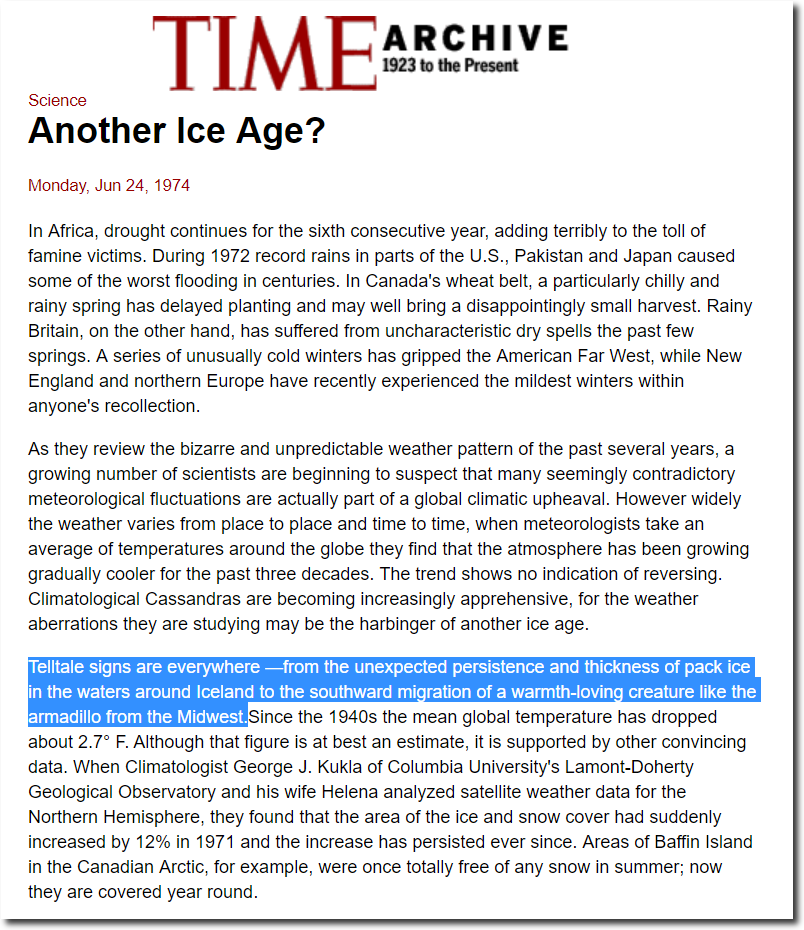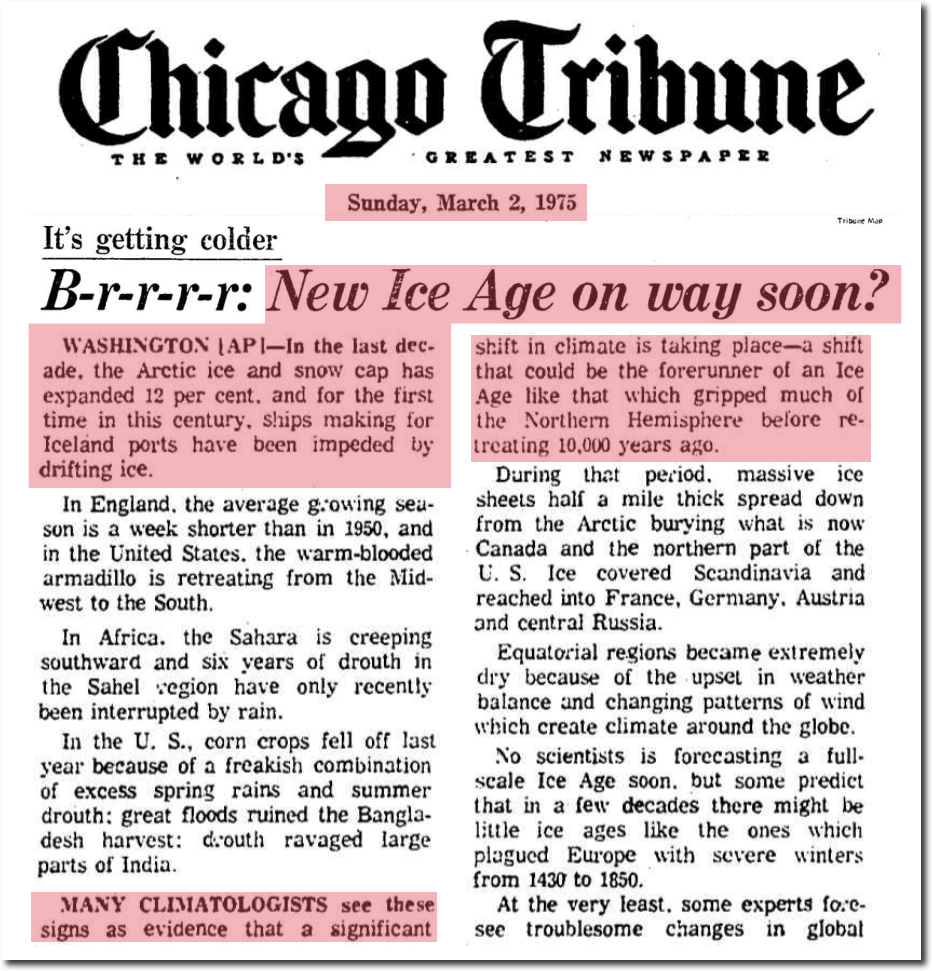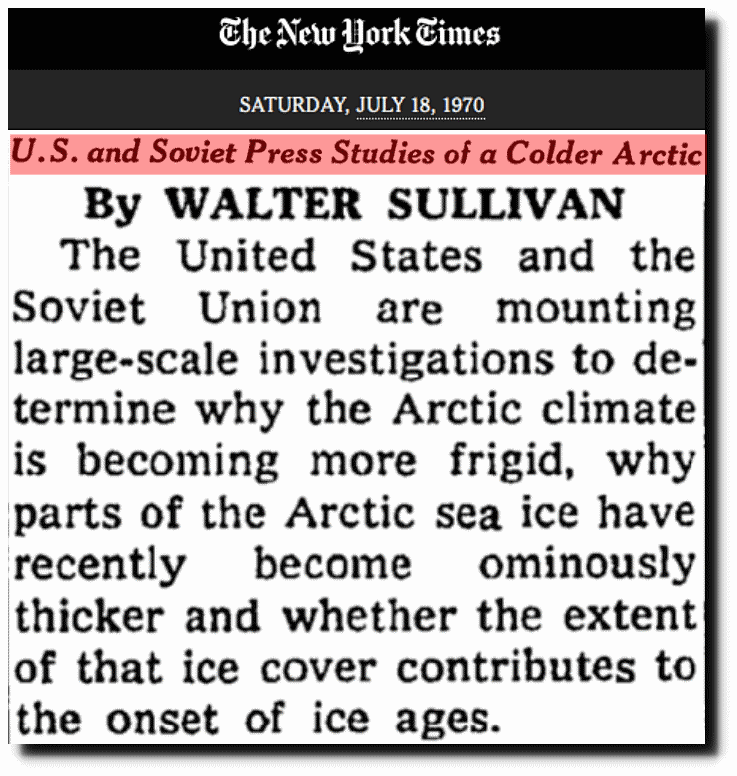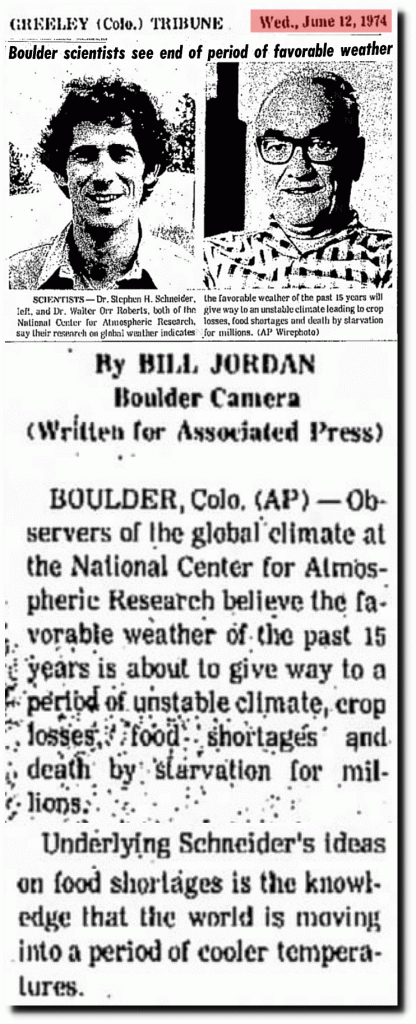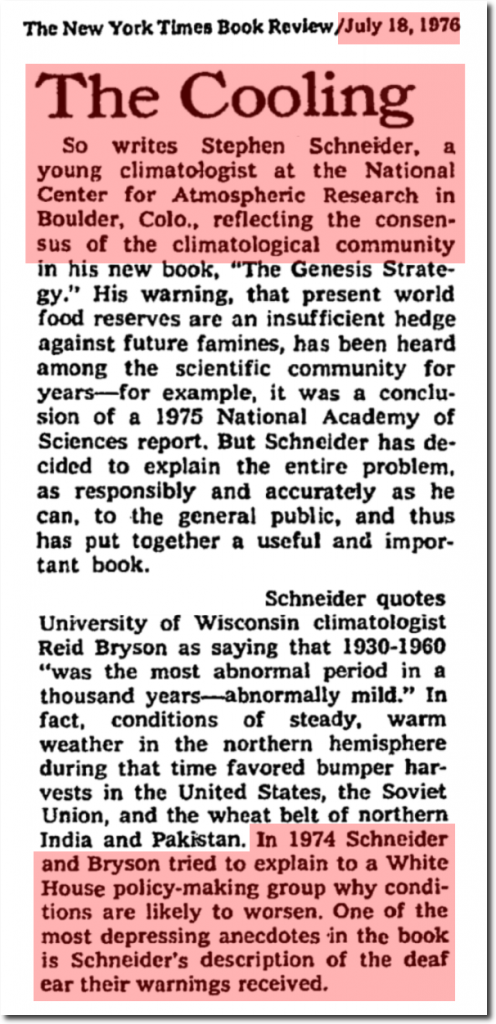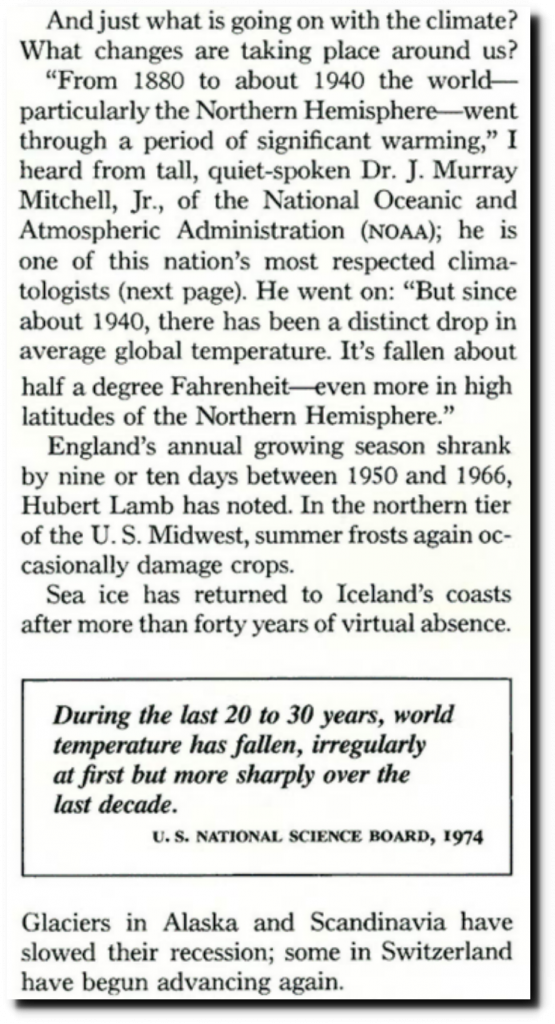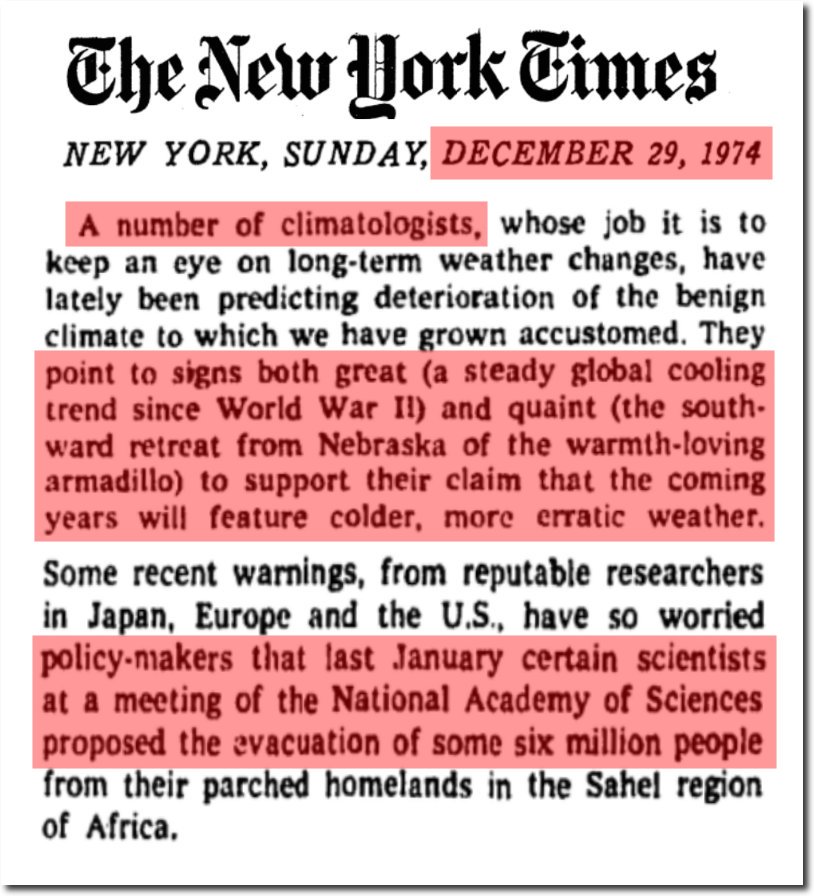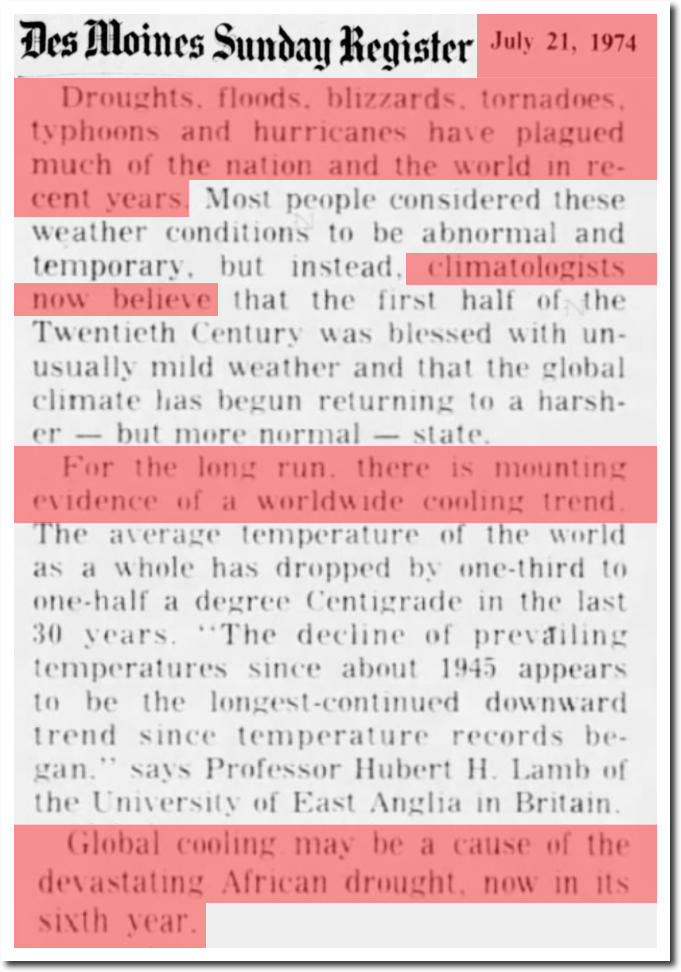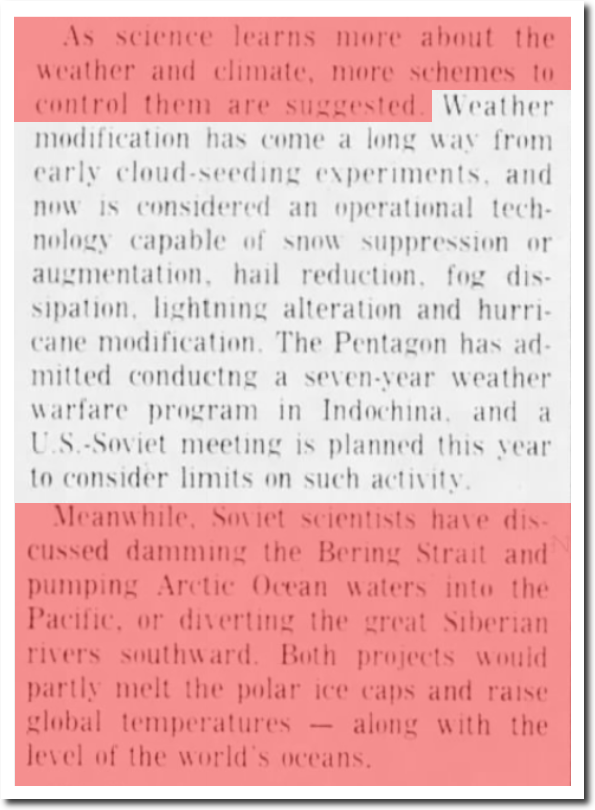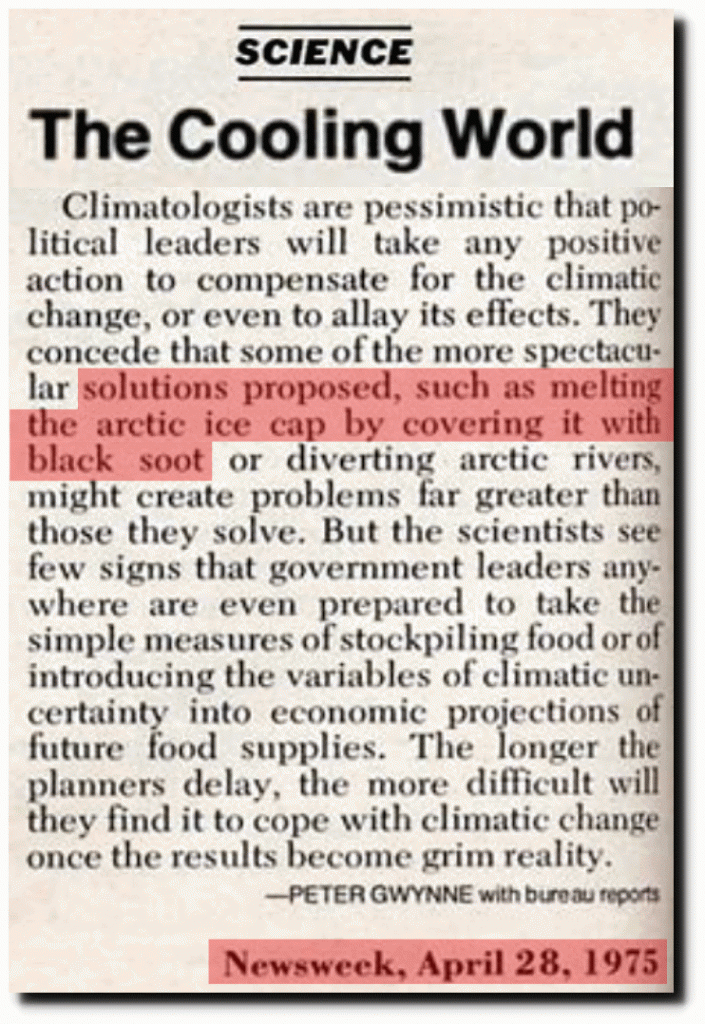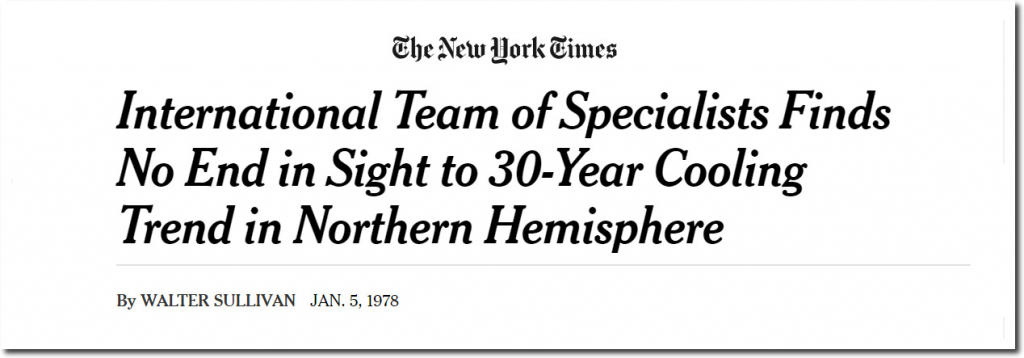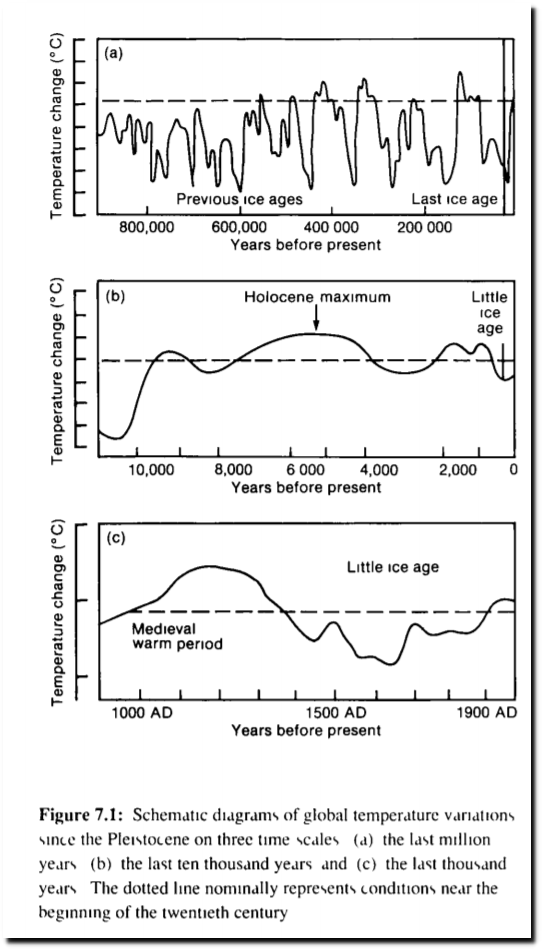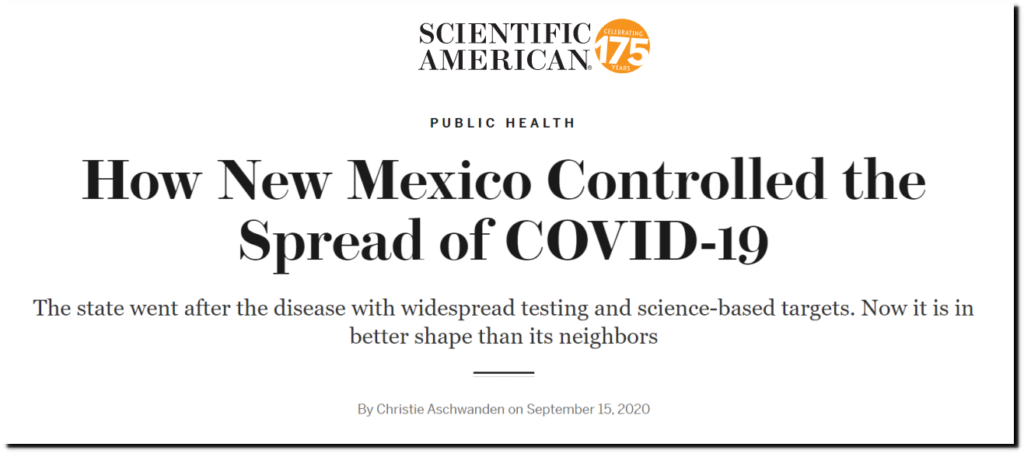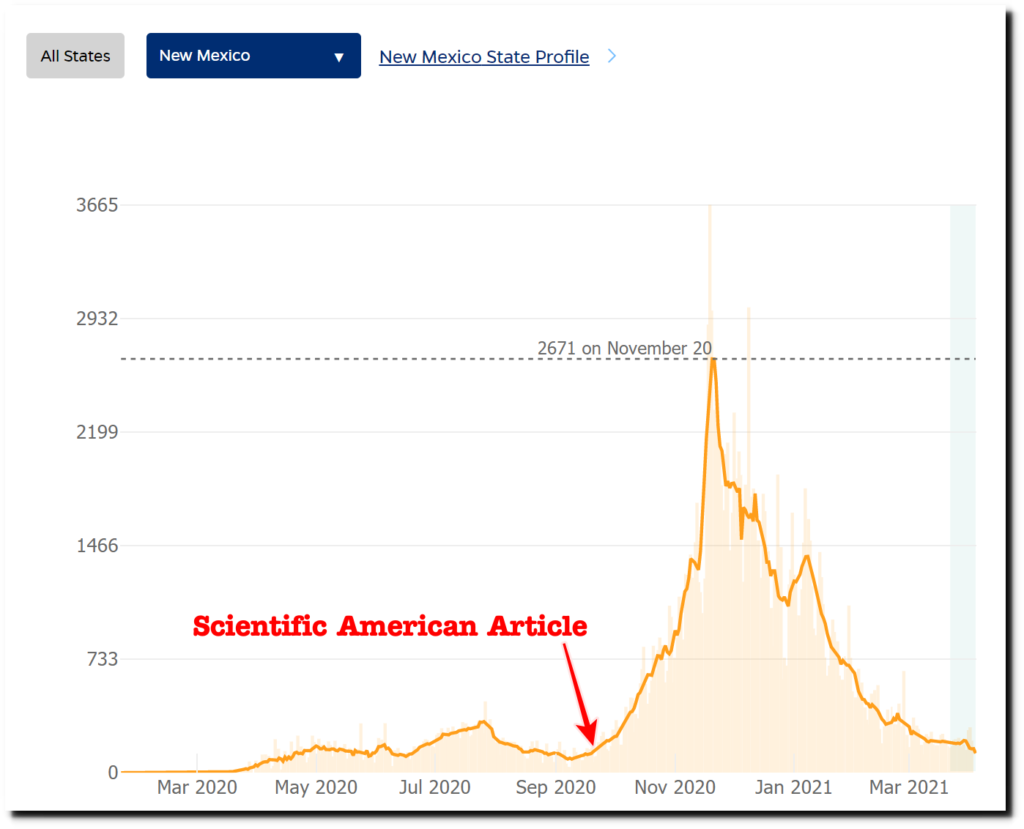On hundred years ago, Scientific American relied on empirical data. Based on experimental evidence and hundreds of millions of years of earth history, they published this article explaining why increased atmospheric CO2 levels would benefit agriculture.
“Fertilizing the air with carbon dioxide to promote plant growth
ONE of the principal constituents making up the body of a plant is carbon, representing about one-half of its organic substance. The opinion that this carbon is derived from the soil has long been abandoned, modern investigation having shown atmospheric carbonic acid to be absorbed by means 0f the chlorophyll 0r green matter of the leaves and decomposed into its elements, the carbon, in conjunction with the root sap and atmospheric m0isture, being worked into organic compounds.
Whereas atmospheric air at present is relatively poor in carb0nic acid, of which it contains only about .03 per cent, at an early period in the development of our planet, when this was covered with the luxuriant forests our coal deposits are derived from, it comprised incomparably greater quantities of this gas. This fact suggested the idea of heightening the fertility of the soil by increasing its carbonic acid content and thus producing conditions resembling those of antediluvian ages.”
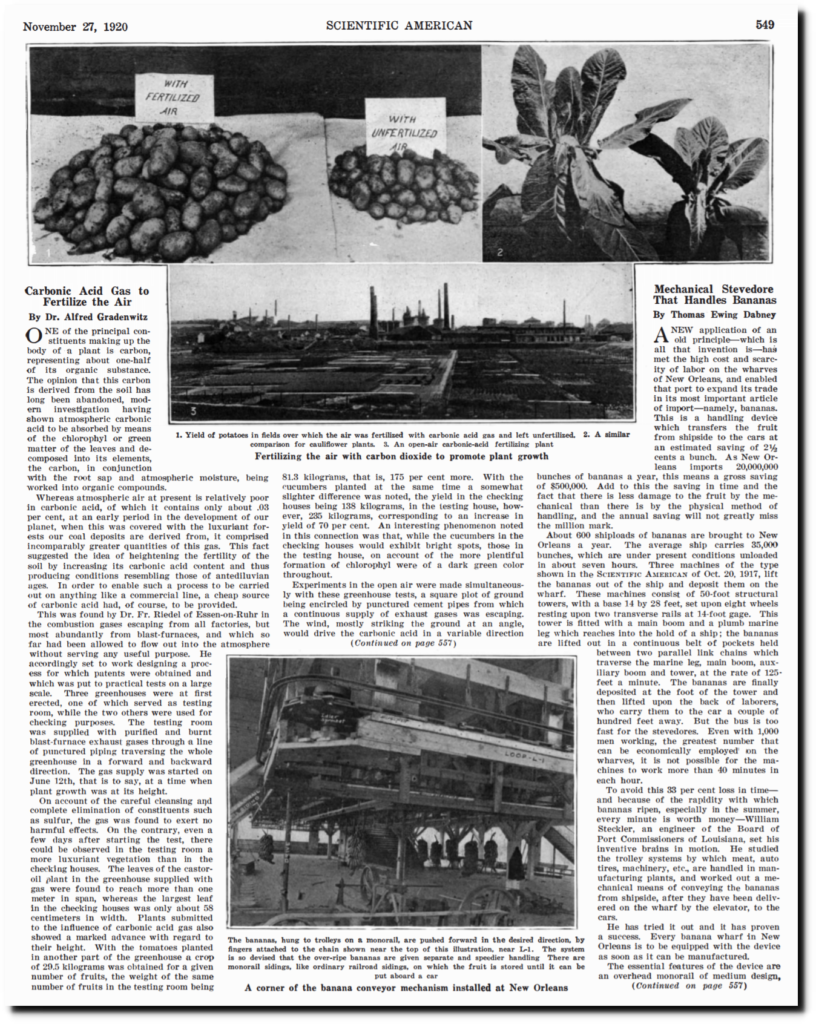
This view has been confirmed by lots more empirical data since the 1920 article.
Carbon Dioxide Fertilization Greening Earth, Study Finds | NASA
Crop Yields – Our World in Data
But now Scientific American no longer relies on evidence, and instead promotes baseless speculation by people whom they call “experts.”
Climate change’s negative effects on plants will likely outweigh any gains from elevated atmospheric carbon dioxide levels
many skeptics also fail to mention the potentially most harmful outcome of rising atmospheric CO2 on vegetation: climate change itself. Its negative consequences—such as drought and heat stress—would likely overwhelm any direct benefits that rising CO2 might offer plant life.
Ask the Experts: Does Rising CO2 Benefit Plants? – Scientific American
The greatest expansion of life on earth occurred when CO2 was at its peak 540 million years ago.
When life exploded | Science News for Students
Plant life thrived when CO2 levels were much higher during the early Carboniferous Era. That is the reason we have our current coal beds, which are sequestered CO2.
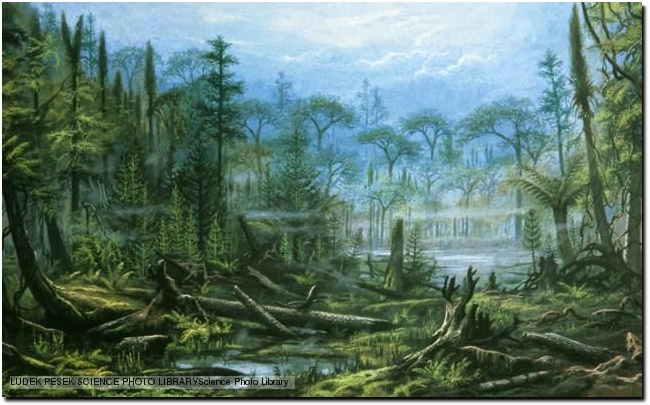
Scientific American is rejecting basic science which has been known for centuries, and replacing it with mindless and inflammatory anti-science propaganda.
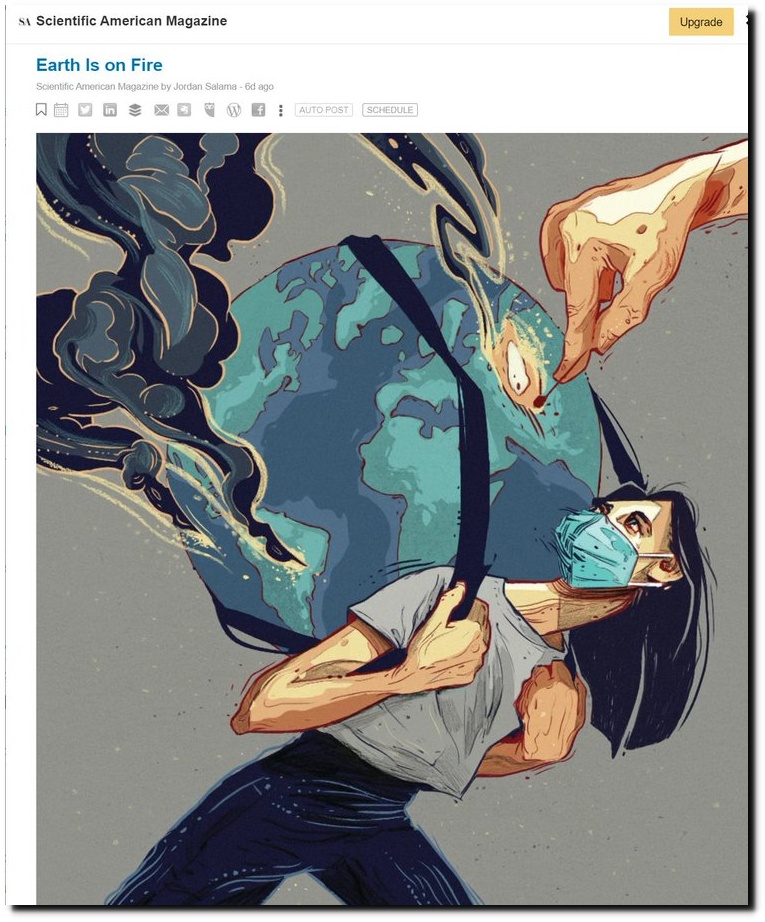 The Earth Is on Fire – Scientific American
The Earth Is on Fire – Scientific American
We Broke the Atmosphere; Here’s a Way We Can Start to Fix It – Scientific American Blog Network
In 2012, Scientific American said that the scientific community had a range of opinions about when Arctic sea ice will be gone, ranging from before 2015 to “by 2030 or 2040.”
Arctic Sea Ice: What, Why, and What Next – Scientific American Blog Network
If we look at the actual trend in sea ice data since the start of MASIE records in 2006, the Arctic won’t be ice-free for 270 years.
Based on the summer minimum extent over the past 14 years, the Arctic won’t be ice-free for 214 years. The “experts” being quoted by Scientific American are simply making numbers up.
Our top experts said the Arctic would be ice-free by 2008.
Expert: Arctic polar cap may disappear this summer_English_Xinhua
North Pole May Be Ice-Free for First Time This Summer
BBC NEWS | UK | Swimmer aims to kayak to N Pole
Star-News – Google News Archive Search
Arctic Sea Ice Gone in Summer Within Five Years?
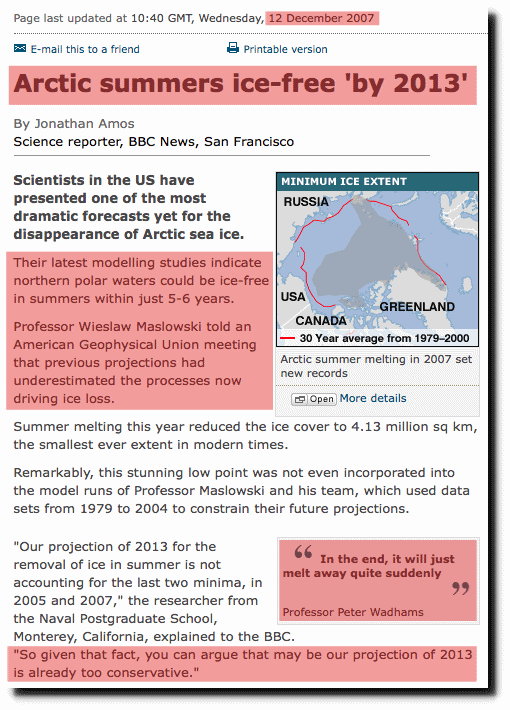
BBC NEWS | Science/Nature | Arctic summers ice-free ‘by 2013’
Gore: Polar ice cap may disappear by summer 2014
The Argus-Press – Google News Archive Search
Why Arctic sea ice will vanish in 2013 | Sierra Club Canada
Ice-free Arctic in two years heralds methane catastrophe – scientist | Environment | The Guardian
The End of the Arctic? Ocean Could be Ice Free by 2015 – The Daily Beast
A farewell to ice | Review | Chemistry World
And President Obama’s science adviser predicted ice-free winters.
…if you lose the summer sea ice, there are phenomena that could lead you not so very long thereafter to lose the winter sea ice as well. And if you lose that sea ice year round, it’s going to mean drastic climatic change all over the hemisphere.
Scientific American has tried to erase the history of the 1970s global cooling scare, saying that it consisted of nine paragraphs in Newsweek.
How the “Global Cooling” Story Came to Be – Scientific American
There are tens of thousands of newspaper articles and other publications from the time which discussed this – here are a few of the them.
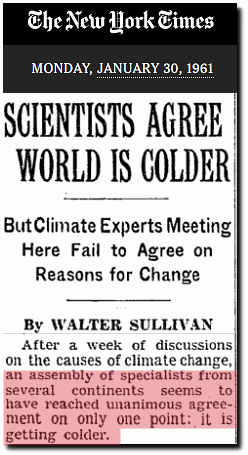
washingtonpost.com – search nation, world, technology and Washington area news archives.
U.S. Scientist Sees New Ice Age Coming
Front Page of the New York Times, July 18, 1970. US and Soviet scientists were worried about Arctic cooling and expanding Arctic ice, and wanted to melt the Arctic by spreading coal dust on it.
U.S. and Soviet Press Studies of a Colder Arctic – The New York Times
THE ROLE OF NOAA’S CLIMATE PREDICTION CENTER IN THE DEVELOPMENT OF CLIMATE SERVICES
ftp://ftp.library.noaa.gov/docs.lib/htdocs/rescue/journals/noaa/QC851U461974oct.pdf
09 Mar 1980, 4 – The Dispatch at Newspapers.com
15 Apr 1973, 59 – The Post-Crescent at Newspapers.com
11 Oct 1975, Page 41 – Daily Independent Journal at Newspapers.com
14 Apr 1973, Page 8 – Iowa City Press-Citizen
22 Jun 1976, Page 5 – The High Point Enterprise at Newspapers.com
21 Jul 1974, 13 – The Des Moines Register at Newspapers.com
12 Jun 1975, Page 10 – The Ogden Standard-Examiner at Newspapers.com
https://www.sciencenews.org/sites/default/files/8983
TIME Magazine Archive Article — Another Ice Age? — Jun. 24, 1974
March 2, 1975 – B-r-r-r-r: New Ice Age on way soon? | Chicago Tribune Archive
U.S. and Soviet Press Studies of a Colder Arctic – The New York Times
29 Jan 1974, 5 – The Guardian at Newspapers.com
The Director at the National Center for Atmospheric Research and his leading scientist were pushing global cooling.
12 Jun 1974, Page 20 – at Newspapers.com
The Genesis Strategy – The New York Times
The National Geographic Archive | November 1976 | page 1
TimesMachine: December 29, 1974 – NYTimes.com
21 Jul 1974, 13 – The Des Moines Register at Newspapers.com
Climate experts wanted to melt the Arctic to stop global cooling.
?www.denisdutton.com/newsweek_coolingworld.pdf
10 May 1979, 7 – Calgary Herald at Newspapers.com
25 Nov 1981, 13 – Chicago Tribune at Newspapers.com
In this 2015 article they claim the Little Ice Age was started in 1492 by Christopher Columbus killing native Americans and enslaving Africans. Impressive how many politically correct themes they packed into a single piece of politically motivated junk science.
Mass Deaths in Americas Start New CO2 Epoch – Scientific American
According to the 1990 IPCC report, the Little Ice Age cooling began around the year 1200.
And according to the New York Times, the Little Ice Age began around the year 1450.
 In Unexpected Places, Clues to Ancient and Future Climate; Warming? Tree Rings Say Not Yet – The New York Times
In Unexpected Places, Clues to Ancient and Future Climate; Warming? Tree Rings Say Not Yet – The New York Times
Scientific American claims that a 1C drop in temperature was caused by a 7 ppm decline in CO2. That would imply a climate sensitivity of 0.14C/ppm. During the Cambrian explosion of life 540 million years ago, CO2 levels were 7,000 ppm, which means earth’s temperature would have been about 1,000C.
Moving to a different topic, on September 15, 2020 Scientific American published this article praising the “science based” approach of New Mexico Governor Wuhan Lujan – i.e. lockdowns, masks, deprivation of freedom, work and income, etc.
How New Mexico Controlled the Spread of COVID-19 – Scientific American
Cases immediately skyrocketed after article was written.
Have we flattened the curve in New Mexico? – Johns Hopkins
The reality is that Scientific American is no longer a scientific magazine, and has been taken over by propagandists pushing a political agenda intended to destroy America.
Scientific American Endorses Joe Biden – Scientific American

